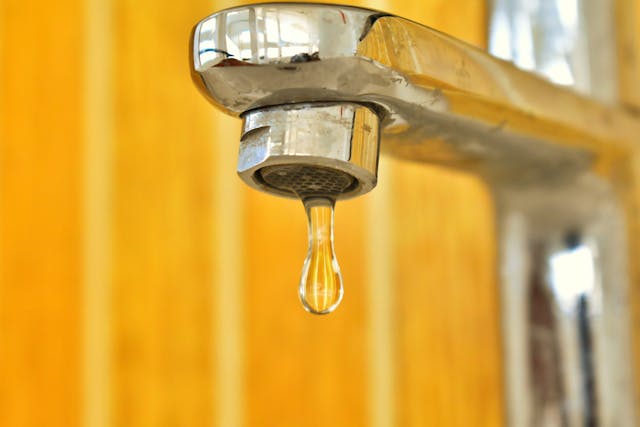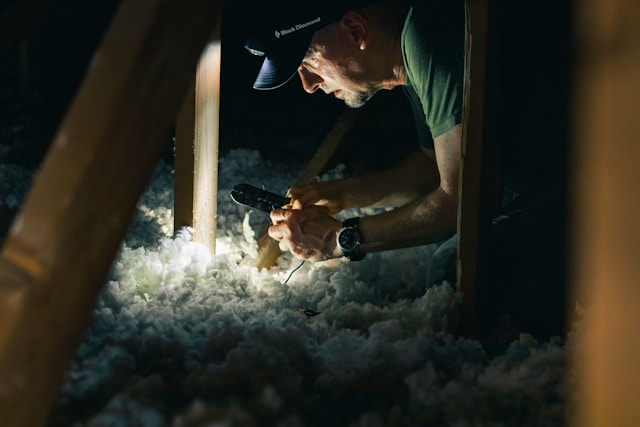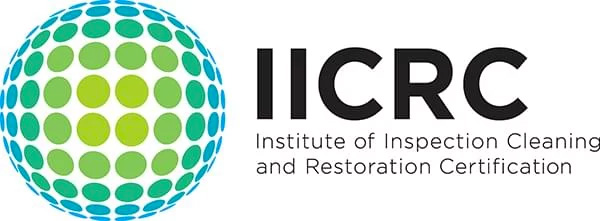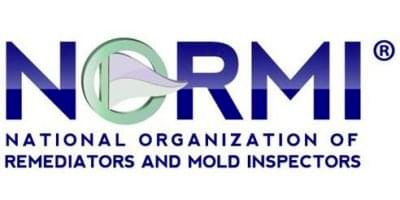The Most Common Places To Check For Mold Before Renovations
When planning to renovate your home, you must check your estimates against your budget. Every decision you make during your project will be based on your budget. Unfortunately, your whole budget plan could be thrown out the window if you find mold as you prepare for your home renovation.
Not only is mold unsightly, but it can also cause major illness, respiratory distress, and property damage. Therefore, it is absolutely necessary to have the mold removed before continuing with your renovation.
Including mold remediation as a part of the beforehand process is the only way to stay within budget. But where can the mold be hiding?
Mold In Your Home
Most all homes host conditions that may be conducive to mold growth – oxygen, warmth, and darkness. Add moisture into the mix and watch your mold problems begin.
Mold spores, which lead to mold growth, are microscopic. Although, they can eventually grow in clusters which can be visible to the human eye, but are often hidden in unseen locations. Before estimating your home's renovation costs – and before your family is affected by toxic mold – check your home for signs of mold.
Common Places To Check For Mold In Your Home
1. The Bathroom
If your bathroom does not have proper ventilation, the warm moist environment is an open invitation for mold growth. Although most of us are used to seeing mold on the shower tiles, it can grow in much more inconspicuous places.
When in the shower, check around the faucets. Check all sink and counter surfaces, as well as behind and under the toilet tank.
One place that becomes overrun with mold before you even notice is under the sink. Leaky pipes often drip for months before anyone realizes, and the entire cabinet underneath may already be infested with mold.

Routinely check shampoo bottles, hanging loofas or sponges, and even your toothbrush caddy. Although these spots don’t affect your renovations, it’s important if household members have a sensitivity.
All of these surfaces can quietly harbor mold. In order to keep mold growth down in your bathroom, ventilate the room, keep surfaces clean and dry, check pipes often, and consider installing a dehumidifier.
2. The Kitchen
Wherever there is food, there is great potential for mold, as mold thrives on organic material. Stoves, ovens, plus hot water increase the likelihood of mold growing in your kitchen. Before renovating, check behind and under your sink for rotting food and leaky pipes.
Your pantries might have mold growing on the food that was pushed to the back months ago. The mold can quickly spread if given the right conditions.
Food that falls behind and under the stove could also start a mold infestation. And they won’t be discovered until those appliances are moved.
If you keep the garbage bin in a cabinet, mold can grow easily if not spotted and stopped. Take out the trash can regularly and clean the can and the cabinet floors and walls which may be contaminated.
Similar to your bathroom, the key to mold prevention in your kitchen is keeping areas clean and dry, and ventilating the room properly in order to dispel humidity and moisture.
3. The Attic
In South Florida, mold in the attic is a very common problem. Between the wet weather and humid conditions, your very warm attic is likely to grow mold – whether in the insulation, around vents and soffits, or where any water is leaking into the attic from the roof.
This area of mold growth is especially problematic as mold is airborne. It can easily enter your vents and air conditioning ducts and quickly spread through your entire home.

It is important that the roof is properly ventilated, and the air is in constant flow. You should also regularly check for possible roof leaks, as well as any signs of damp insulation or framing.
Mold Can Grow Anywhere
Although the areas listed are the most common spots in your home where mold propagates, mold can be anywhere – behind potted plants, in cement garages, or even under your bed. The key is ventilation and maintenance in order to keep mold growth to an absolute minimum – but it is still wise to check regularly for any signs of mold.
What To Do If You Find Mold In Your Home
If you’ve found mold in your home and a family member is suffering from allergies, headaches, fatigue, or any other “mystery illness”, tell the doctor. Inform him of the mold you found, so that he may determine if mold is the aggravating cause. Here are some other things that you can do:
- Identify the cause of the mold and fix it. For instance, if a pipe is leaking, be sure to close the leak and stop the situation from worsening.
- Call a licensed mold tester to determine if you have mold, what type it is, and how it should be dealt with.
- Call your insurance company to determine if mold remediation is covered by your policy.
- Have a mold remediation expert remove the mold from your home.
- doctor-checkboard
Bottom Line
If you find mold in your home before a renovation, or simply suspect you are dealing with a mold problem, don't delay. The sooner the mold is gone, the sooner you can get back to breathing easier in your home and go back to making your renovation plans.


